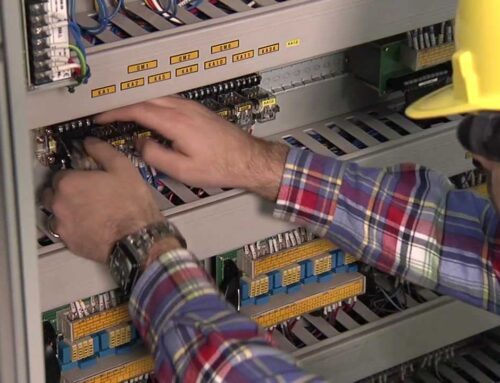Computer vision is an enabler for the next generation of many systems. From robotics to surveillance, to human-centered services like AR, the processing of a continuous video feed will bring value directly and indirectly.
I recently had a briefing with Movidius CTO and co-founder, David Moloney, and VP of Marketing, Bob Tait. Movidius is developing Intellectual Property and producing SOCs for Always-on Computer Vision. I learned of the company because they are members of several standards organizations that I follow (Khronos Group and MIPI Alliance).
They have a great story to tell about enabling a new level of miniaturization in systems that, using today’s technology, would be unable to process live video. The opportunity for Movidius is to provide the best power-optimized, yet highly flexible solutions, to enable a completely new set of vision applications. Yes, those could be integrated into mobile computing devices, such as smartphones, but a variety of other objects as well.
It was also fascinating to hear from David how difficult it is to make low power consuming systems using existing physical interfaces. He explained that the physical interfaces defined currently are for mobile phones of an earlier era and, compared with future requirements, are inefficient. David encouraged me to find people to begin working with Movidius on new designs for the physical connections between image signal processors as well as sensors for wearable computing. I’m trying to obtain further documentation from David about the issues and how these might be addressed through a new specification.


